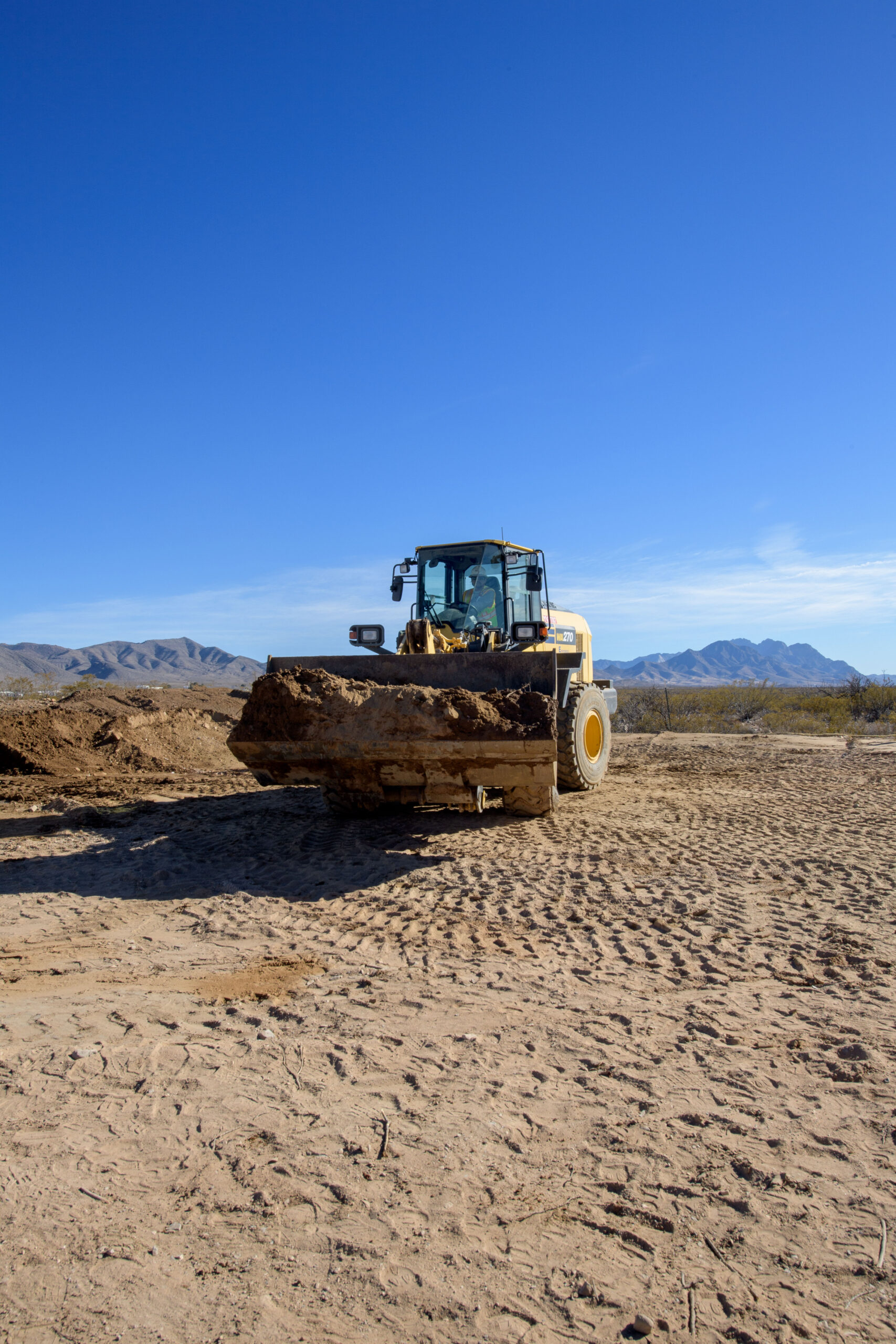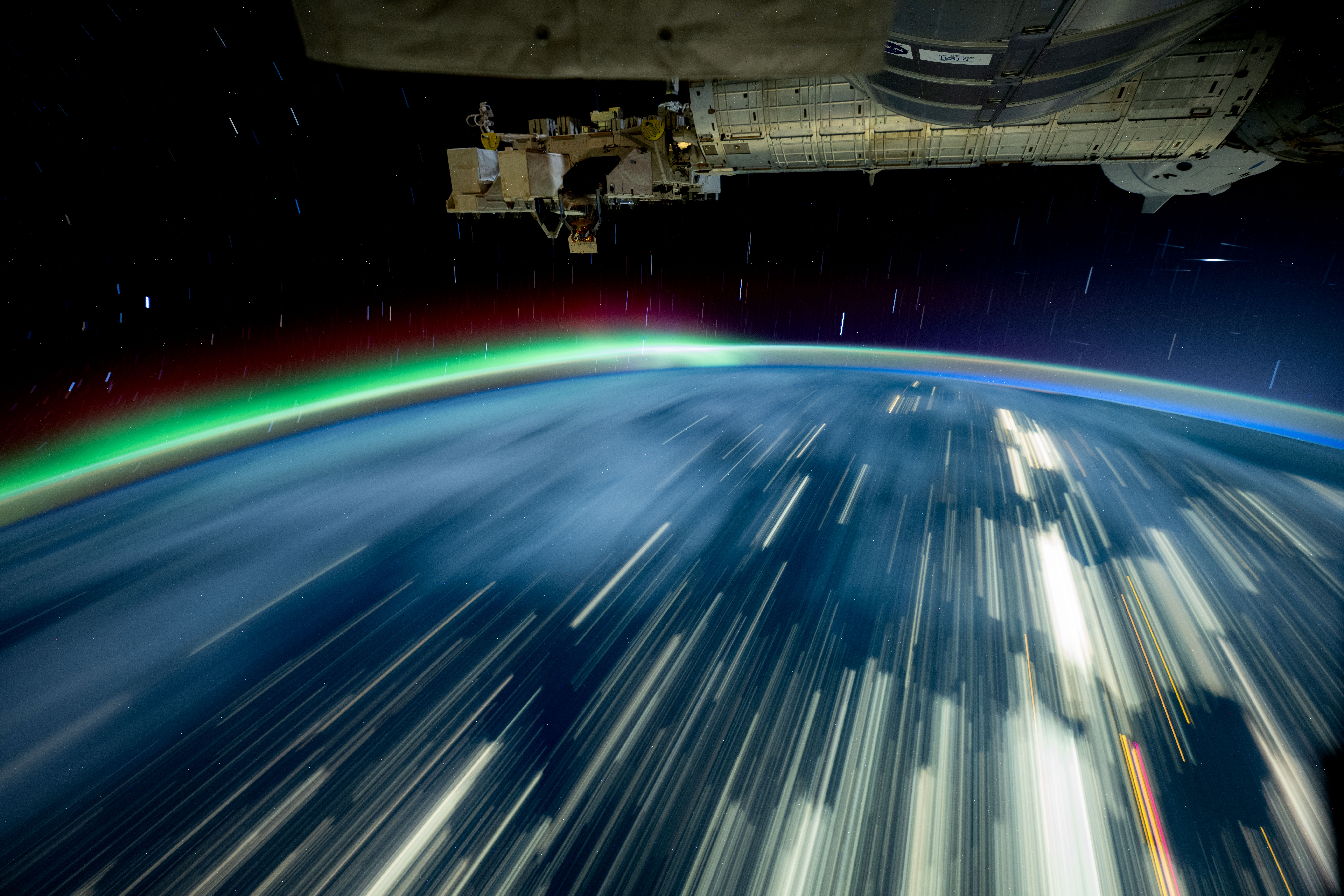Las Cruces, New Mexico
Soil Remediation Success at NASA’s White Sands Test Facility
The NASA White Sands Test Facility (WSTF) in New Mexico plays a vital role in advancing space exploration and the development of cutting-edge technology. This facility offers a controlled setting where NASA can rigorously test spacecraft, propulsion systems, and other advanced aerospace technologies. These tests are crucial for ensuring that spacecraft and their components are safe, reliable, and perform as expected. The facility’s capabilities include conducting essential experiments such as engine firings, thermal and environmental testing, and materials research. However, historical practices related to these activities have led to unintended consequences, specifically affecting soil and groundwater in the region.
Between June 1974 and December 1979, sludge and soil were removed from a domestic and industrial wastewater lagoon and accumulated on land managed by the Bureau of Land Management. This site is located just west of the WSTF boundary, less than a mile from the original lagoon. Over time, the sludge and soil pile remained untouched, lacking any form of boundary identification. It wasn’t until 1993 that this debris pile was recognized during a field investigation under the Resource Conservation and Recovery Act. This discovery was promptly reported to the New Mexico Environment Department (NMED) and was subsequently classified as Solid Waste Management Unit (SWMU) 16.
In the years 2015 and 2018, initial investigations were conducted at SWMU 16 to better understand the composition of the stockpiled materials and the native soils beneath, which extended to a depth of 30 feet. The analysis of soil samples revealed that the contaminants present posed significant risks to both human health and the environment. The contaminants identified included nitrates, metals, volatile and semi-volatile organic compounds, pesticides, polychlorinated biphenyls (PCBs), and dioxins and furans. In response to these findings, the NMED approved a plan in 2021 for the removal and off-site disposal of the contaminated material classified as New Mexico Special Waste.
By January 2024, the excavation of the stockpile and the top six inches of native soil was completed. This excavation extended around 10 feet beyond the original pile to ensure thorough removal of contaminants. In total, 1,072.7 tons of contaminated sludge and soil were successfully transported and disposed of at the Corralitos Landfill. Following the excavation, in February 2024, 38 confirmatory soil samples were collected from a 30-foot grid across SWMU 16. This grid covered the area of the removed stockpile as well as surrounding zones potentially impacted by site operations. These samples underwent rigorous laboratory analysis to verify whether NASA had achieved its remediation goals, effectively eliminating the risks to human health and the environment.
The results of these analyses were promising. They indicated that NASA had successfully restored the site, with no residual contaminants detected. A subsequent risk assessment confirmed that there were no elevated risks to people or groundwater beneath the site. With these findings, NASA concluded that the contaminants had been effectively removed and the risks to human health and the environment were significantly reduced, falling below regulatory thresholds. Consequently, NASA proposed changing the site’s status from “Requiring Corrective Action” to “Corrective Action Complete without Controls.” The NMED is currently reviewing the report detailing these findings.
This remediation effort is a testament to NASA’s commitment to environmental stewardship and its dedication to addressing historical contamination issues. By successfully completing this project, NASA not only mitigated environmental risks but also set a precedent for how similar challenges can be approached and resolved.
For those interested in learning more about NASA’s efforts in environmental management and sustainability, additional information is available at the [NASA Environmental Management Division](http://nasa.gov/emd).
This case of soil remediation highlights the importance of addressing legacy environmental issues, ensuring that past practices do not hinder future progress. It also underscores the significance of thorough scientific investigation, careful planning, and collaboration with regulatory bodies in achieving successful environmental outcomes. Looking ahead, NASA’s proactive approach in managing its environmental responsibilities provides valuable insights and serves as a model for other organizations facing similar challenges.
For more Information, Refer to this article.

































